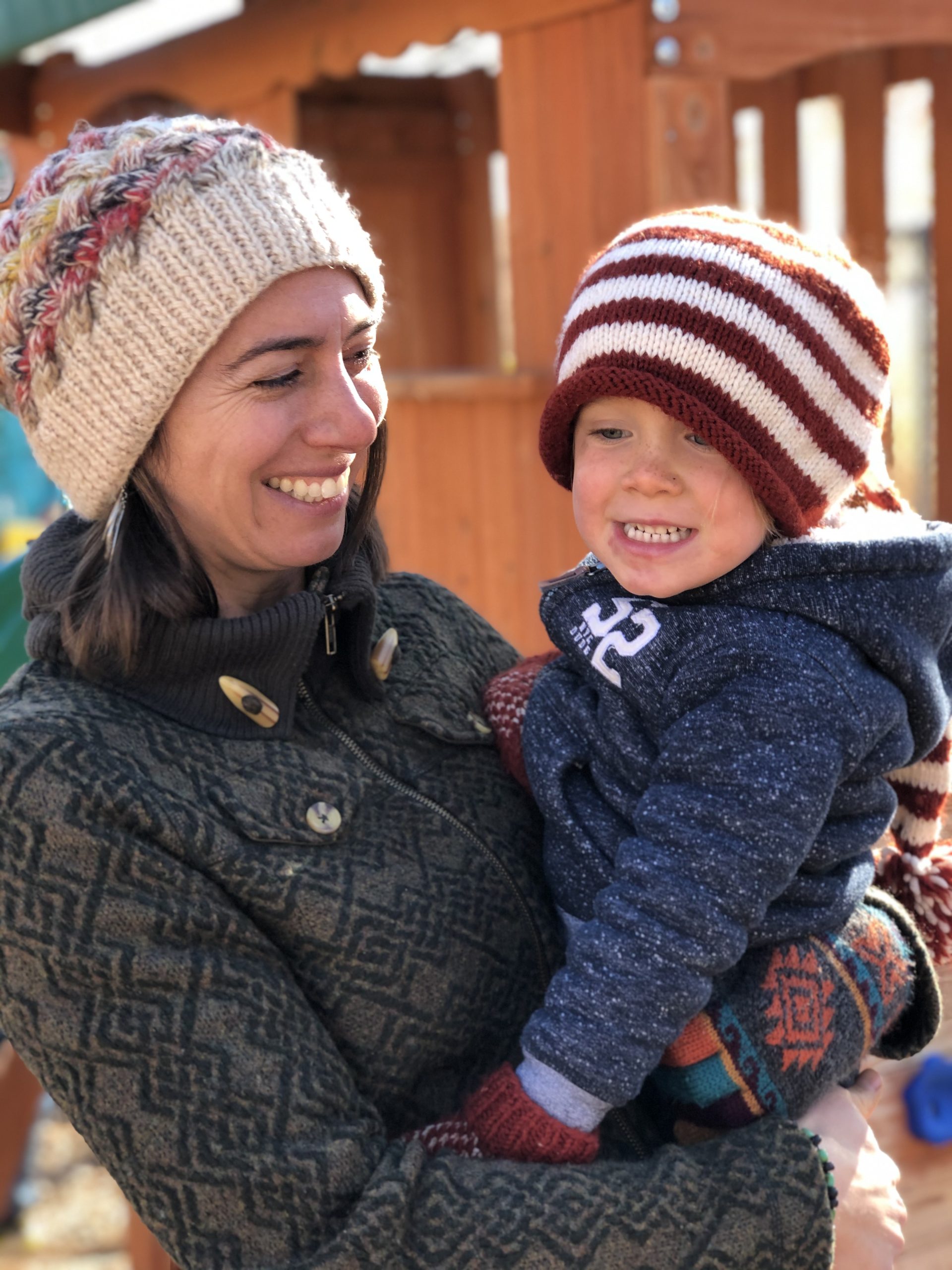Some information may be outdated.
With the exception of bumblebees and some sweat bees, the 900 native bee species in our state are solitary. This means they don’t live in a colony and they fly, feed, and nest in isolation. Unlike our precious bees, we are social creatures and during these times of isolation, many are yearning for a sense of community and planetary hope. I’ve shed many tears from the uncertainty, the stress of balancing motherhood (can we please improve our quality childcare options?) and a career that I love, and the sadness this pandemic has created.
One way we might find solace is in joining a community effort that enhances both our surrounding environment and our self-sufficiency. Because my home landscape is water-wise, provides food and forage for both myself and wildlife, and hosts a range of blooming plants during each part of our growing season, I’ve registered to have it recognized as a residential Bee Inspired Garden, joining the growing community of locals that believe in and are practicing these ethics in their landscaping.
You may see the small blue Bee Inspired Gardens signs around town, or the larger educational signs that are part of the public garden spaces (such as at the Mayberry Native Plant Propagation Center, the Moab Charter School, Youth Garden Project, the CommuniTea garden, USU Moab and more). A point of hope for me with Bee Inspired Gardens is the passion that a growing number of locals are voicing in regards to pollinator health, water conservation, and landscaping in a way that supports a diversity of edible and medicinal plants. We need to be celebrating and supporting diversity in landscapes and increased green infrastructure.
This is especially true when taken into context with climate change. Already as a result of climate change, our region of the U.S. has seen prolonged and extreme droughts persisting over several years, increasingly large and catastrophic wildfires, expansive areas of forest tree mortality due to insect outbreaks, a severe decline in reservoir water supplies to previously unseen levels, and documented rising temperatures that are increasing the frequency of heatwaves and reducing the frequency of cold snaps. We know the story. We are living the story. It’s depressing and almost paralyzing.
Let’s take a minute to think about the type of landscaping that we consider “normal” and “easy.” This landscaping involves inputs of synthetic fertilizers, herbicides, fossil-fuel equipment, and lots of time and water to maintain. Nature’s agenda is to diversify. If you plant a mono-species landscape, you will quickly find yourself in a frequent battle against a range of “weeds.” It’s interesting to think of what these weeds are working to accomplish. Clover is nitrogen-fixing and playing a role in rebalancing essential nutrients in the damaged soil. Dandelions have a deep taproot that breaks through compacted soil and makes nutrients found in deeper soil layers available to plants higher up. And what is the reward? Will that entire space be used for social interaction? Can anything be harvested from it? Do you, your kids, and perhaps even your neighbors find shady spots and a renewed sense of creativity from a mono-planted landscape?
If you answered no to any of the above questions, perhaps you are re-thinking about how your landscape is designed and how it might better bring in people, wildlife, your own family, and a bigger range of essential pollinators. We are not solitary bees, but social creatures and we can see a win-win during this depressing time of isolation by fostering improved social interactions in our landscaping and also joining a community of others doing the same.
As a result, if you are feeling alone and want to join a forward-looking, positive community movement, you can diversify your landscape (or celebrate your already diverse landscape!) and register for your own free sign at beeinspired.usu.edu under the “Your Garden” tab.
Roslynn Brain McCann is an associate professor in the department of Environment and Society at Utah State University, Moab. She is working on a research team with universities across the U.S. to help improve climate and extreme weather outreach, and is also engaged in research and outreach in ecological design through her USU Permaculture Initiative (permaculture.usu.edu)
Appreciate the coverage? Help keep local news alive.
Chip in to support the Moab Sun News.



